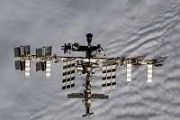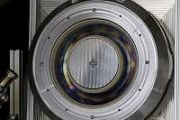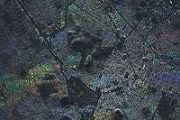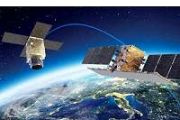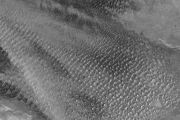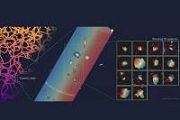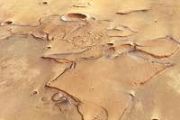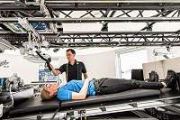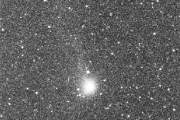
Copernical Team
Dusty wisps round a dusty disc

For this new Picture of the Month feature, the NASA/ESA/CSA James Webb Space Telescope has provided a fantastic new view of IRAS 04302+2247, a planet-forming disc located about 525 light-years away in a dark cloud within the Taurus star-forming region. With Webb, researchers can study the properties and growth of dust grains within protoplanetary discs like this one, shedding light on the earliest stages of planet formation.
Strap in: NASA aeroshell material takes extended space trip
This request seems a bit unusual, so we need to confirm that you're human. Please press and hold the button until it turns completely green. Thank you for your cooperation!
Press and hold the button
If you believe this is an error, please contact our support team.
185.132.36.159 : 7c782577-753d-46a0-9241-1db7078f
Izaña-2 joins the laser game to track space debris
 Video:
00:09:30
Video:
00:09:30
In Tenerife, Spain, stands a unique duo: ESA’s Izaña-1 and Izaña-2 laser-ranging stations. Together, they form an optical technology testbed of the European Space Agency that takes the monitoring of space debris and satellites to a new level while maturing new technologies for commercialisation.
Space debris is a threat to satellites and is rapidly becoming a daily concern for satellite operators. The Space Safety Programme, part of ESA Operations, managed from ESOC in Germany, helps develop new technologies to detect and track debris, and to prevent collisions in orbit in new and innovative ways.
One of these
Chemists create new high-energy compound to fuel space flight
This request seems a bit unusual, so we need to confirm that you're human. Please press and hold the button until it turns completely green. Thank you for your cooperation!
Press and hold the button
If you believe this is an error, please contact our support team.
185.132.36.159 : 32850a6a-1b50-48cb-8103-96515d82
A blaze of glory: SpaceX's starship goes the distance in tenth flight test
This request seems a bit unusual, so we need to confirm that you're human. Please press and hold the button until it turns completely green. Thank you for your cooperation!
Press and hold the button
If you believe this is an error, please contact our support team.
185.132.36.159 : 4a300604-8cd7-4070-bee1-46fbc2f0
ESA wraps up 300-million-kilometre optical communication campaign

Over the summer, the European Space Agency ran an optical communication demonstration campaign using two observatories on Earth and NASA’s Psyche mission. All four optical links were successful.
ESA and JAXA advance potential Apophis mission collaboration
Algae bloom chlorophyll South Australia
 Image:
This Copernicus Sentinel-3 image shows high concentrations of chlorophyll in yellow-green along the coastline of South Australia, near Adelaide. Chlorophyll-a is a key indicator of the presence of algae in the ocean.
Image:
This Copernicus Sentinel-3 image shows high concentrations of chlorophyll in yellow-green along the coastline of South Australia, near Adelaide. Chlorophyll-a is a key indicator of the presence of algae in the ocean. Latest launch of SpaceX's Starship deploys 8 dummy satellites, then splashes down into Indian Ocean
This request seems a bit unusual, so we need to confirm that you're human. Please press and hold the button until it turns completely green. Thank you for your cooperation!
Press and hold the button
If you believe this is an error, please contact our support team.
185.132.36.159 : 50ab96bd-173d-4567-b4d3-d712d237
Real time navigation breakthrough with new algorithm OiSAM FGO
 In the race to improve autonomous systems, researchers in China have unveiled a new algorithm that accelerates navigation while maintaining precision. Called Optimized iSAM-Factor Graph Optimization (OiSAM-FGO), the method halves processing times compared with leading benchmarks yet delivers accuracy equal to state-of-the-art solutions.
Traditional navigation tools face persistent trade-of
In the race to improve autonomous systems, researchers in China have unveiled a new algorithm that accelerates navigation while maintaining precision. Called Optimized iSAM-Factor Graph Optimization (OiSAM-FGO), the method halves processing times compared with leading benchmarks yet delivers accuracy equal to state-of-the-art solutions.
Traditional navigation tools face persistent trade-of 







